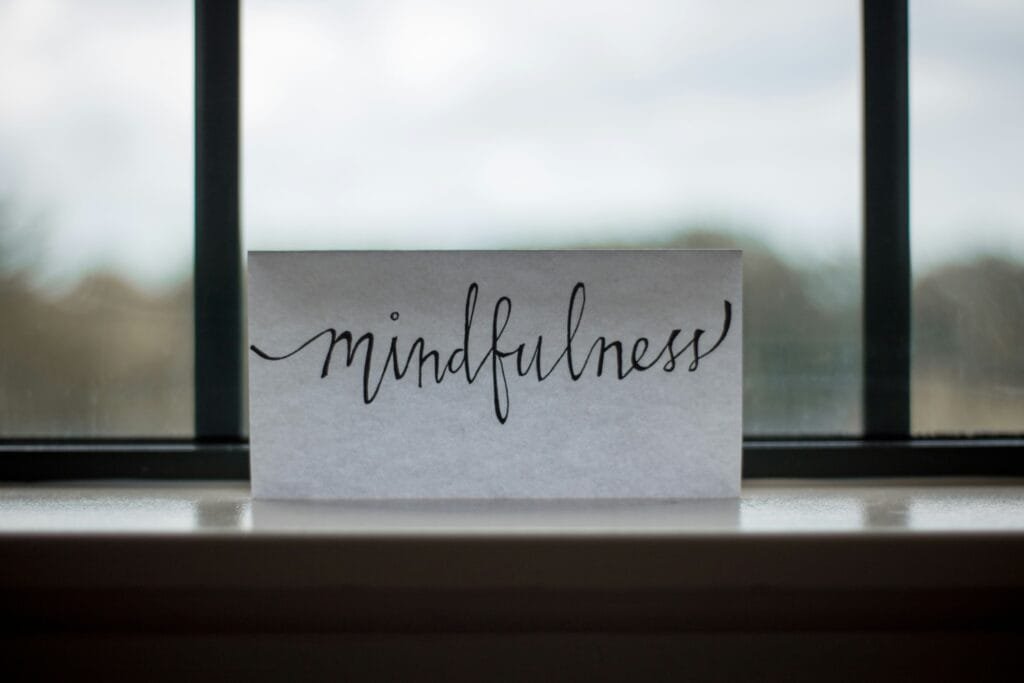Incorporating Mindfulness into Daily Life: Practical Tips for Reducing Stress and Improving Focus
Mindfulness is more than just a buzzword; it’s a transformative practice that can bring joy, clarity, and balance to your life. In a world filled with constant distractions, deadlines, and digital noise, mindfulness offers a way to reconnect with the present moment and find peace amidst the chaos. Let’s dive deeper into what mindfulness is, how to practice it, and the profound benefits it can bring to your life.

Read for losing Weight Loss
Understanding Mindfulness: The Art of Being Present
Mindfulness is a mental practice rooted in ancient traditions, particularly Buddhism, but it has been adapted for modern life. At its core, mindfulness is about paying attention to the present moment without judgment. It’s about observing your thoughts, feelings, and bodily sensations as they arise, without getting caught up in them or labeling them as “good” or “bad.”
For example, imagine you’re stuck in traffic. Instead of letting frustration take over, mindfulness encourages you to notice the tension in your shoulders, the sound of the car engine, or the rhythm of your breath. By doing so, you create a mental space that allows you to respond to the situation calmly rather than react impulsively. The video below can be watched on YouTube by clicking here.
Practical Tips for Practicing Mindfulness: Small Steps, Big Impact
Incorporating mindfulness into your daily life doesn’t require hours of meditation or a complete lifestyle overhaul. Here are some practical and enjoyable ways to get started:
- Start with Deep Breathing:
Take a few minutes each day to focus on your breath. Sit comfortably, close your eyes, and inhale deeply through your nose, feeling your chest rise. Exhale slowly through your mouth, releasing any tension. Deep breathing not only calms your mind but also signals to your body that it’s safe to relax. - Practice Mindful Eating:
How often do you eat while scrolling through your phone or watching TV? Mindful eating invites you to savor every bite. Notice the colors, textures, and flavors of your food. Chew slowly and appreciate the nourishment it provides. This practice not only enhances your enjoyment of meals but also improves digestion and helps prevent overeating. - Incorporate Mindfulness into Daily Activities:
Mindfulness can be practiced anywhere, anytime. Whether you’re washing dishes, folding laundry, or walking your dog, bring your full attention to the task at hand. Notice the sensation of warm water on your hands, the smell of fresh laundry, or the sound of birds chirping during your walk. These small moments of presence can add up to a more focused and joyful day. - Create a Mindfulness Ritual:
Set aside a few minutes each morning or evening for a mindfulness ritual. This could be a short meditation, a gratitude journaling session, or simply sitting quietly and observing your thoughts. Consistency is key—even five minutes a day can make a difference.
Do you know how to get rid of a stubborn cold Read our post to get rid of it.
The Benefits of Mindfulness: Science-Backed Reasons to Practice
The benefits of mindfulness are well-documented by scientific research. Here are just a few ways it can enhance your life:
- Reduced Stress: Studies have shown that mindfulness lowers cortisol levels, the hormone associated with stress. By staying present, you can break the cycle of worry and anxiety that often accompanies stressful situations.
- Improved Emotional Regulation: Mindfulness helps you become more aware of your emotions without being overwhelmed by them. This allows you to respond to challenges with greater clarity and compassion.
- Enhanced Focus: In a world of constant distractions, mindfulness trains your brain to stay focused on the task at hand. This can lead to increased productivity and a greater sense of accomplishment.
- Better Physical Health: Mindfulness has been linked to lower blood pressure, improved sleep, and a stronger immune system. By reducing stress and promoting relaxation, it supports overall physical well-being.
A Personal Story: How Mindfulness Helped Me Through a Tough Week
Let me share a personal story to illustrate the power of mindfulness. A few years ago, I was juggling a hectic work schedule, family commitments, and a lingering cold. I felt overwhelmed, exhausted, and constantly distracted. One evening, as I sat on my couch feeling sorry for myself, I remembered a mindfulness exercise I had read about.
I decided to give it a try. I closed my eyes, took a few deep breaths, and focused on the sensation of air entering and leaving my body. At first, my mind raced with thoughts about deadlines and to-do lists, but I gently brought my attention back to my breath. After a few minutes, I felt a sense of calm wash over me.
Over the next few days, I made a conscious effort to practice mindfulness in small ways. I ate breakfast without checking my phone, took short walks during lunch breaks, and spent a few minutes each evening reflecting on what I was grateful for. By the end of the week, I noticed a significant shift in my mood and energy levels. I felt more present, less stressed, and better equipped to handle life’s challenges.
Conclusion: Embrace the Present Moment
Mindfulness is a simple yet powerful tool that can transform the way you experience life. By staying present, you can reduce stress, improve focus, and cultivate a deeper sense of joy and gratitude. The practical tips outlined above—deep breathing, mindful eating, and incorporating mindfulness into daily activities—are easy to implement and can have a profound impact over time.
Remember, mindfulness is not about perfection; it’s about progress. Start small, be patient with yourself, and celebrate the moments of presence you create each day. As the saying goes, “The best time to plant a tree was 20 years ago. The second-best time is now.” So why not start your mental health journey today for reducing stress?
References:
- Kabat-Zinn, J. (1990). Full Catastrophe Living: Using the Wisdom of Your Body and Mind to Face Stress, Pain, and Illness.
- Hölzel, B. K., et al. (2011). Mindfulness practice leads to increases in regional brain gray matter density. Psychiatry Research: Neuroimaging, 191(1), 36-43.
- Creswell, J. D. (2017). Mindfulness interventions. Annual Review of Psychology, 68, 491-516.
- Goyal, M., et al. (2014). Meditation programs for psychological stress and well-being: A systematic review and meta-analysis. JAMA Internal Medicine, 174(3), 357-368.
By embracing mindfulness, you can create a life filled with greater joy, focus, and resilience. So take a deep breath, smile, and step into the present moment—it’s where life truly happens.
To see more articles in Mental Health Click Here.
Read How Exercise Helps Combat Stress and Anxiety: A Personal Journey




